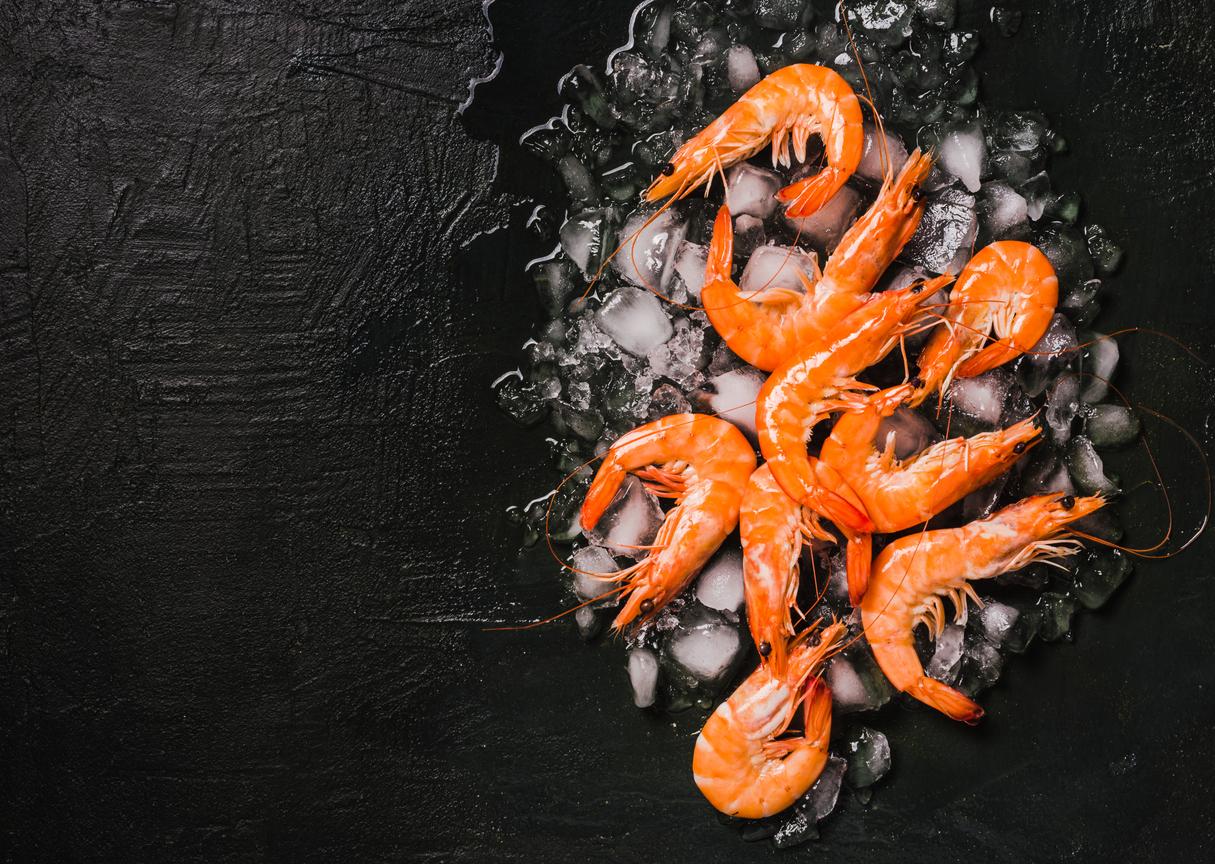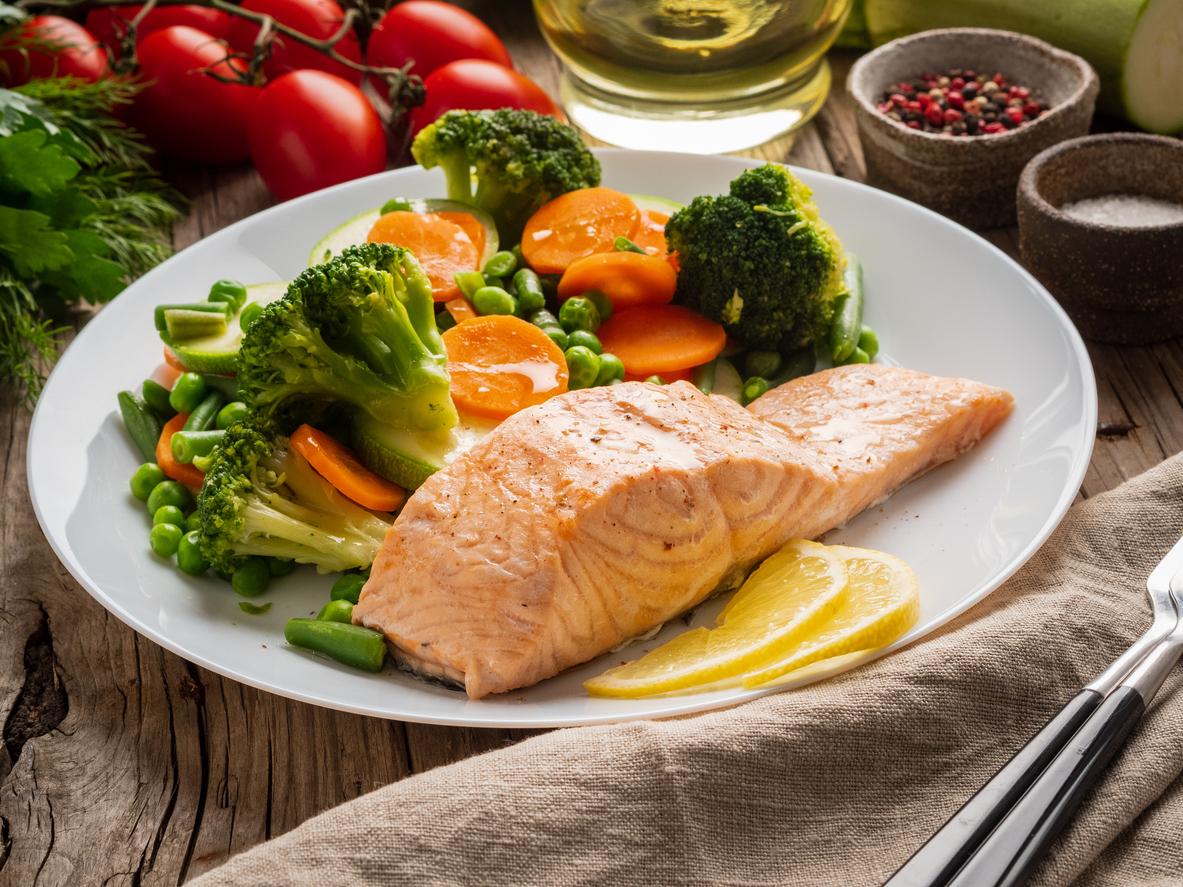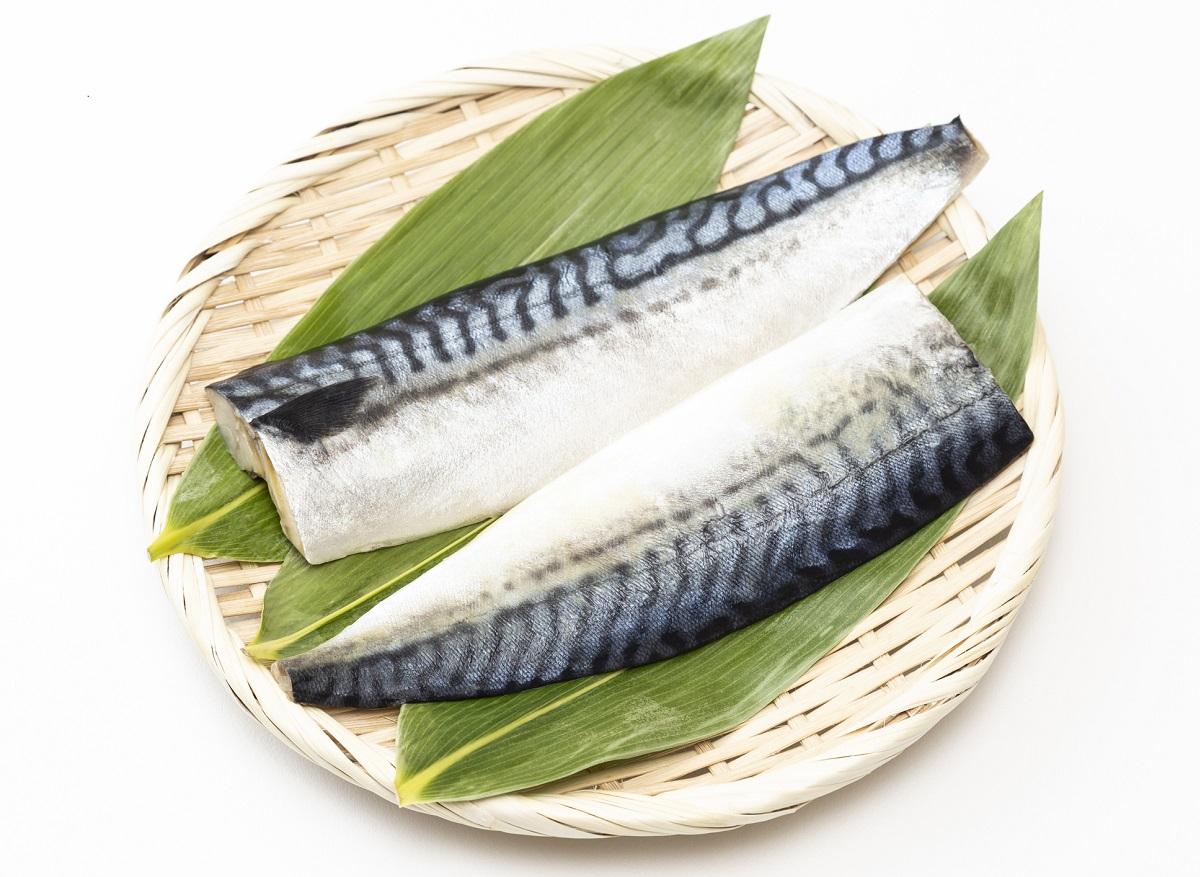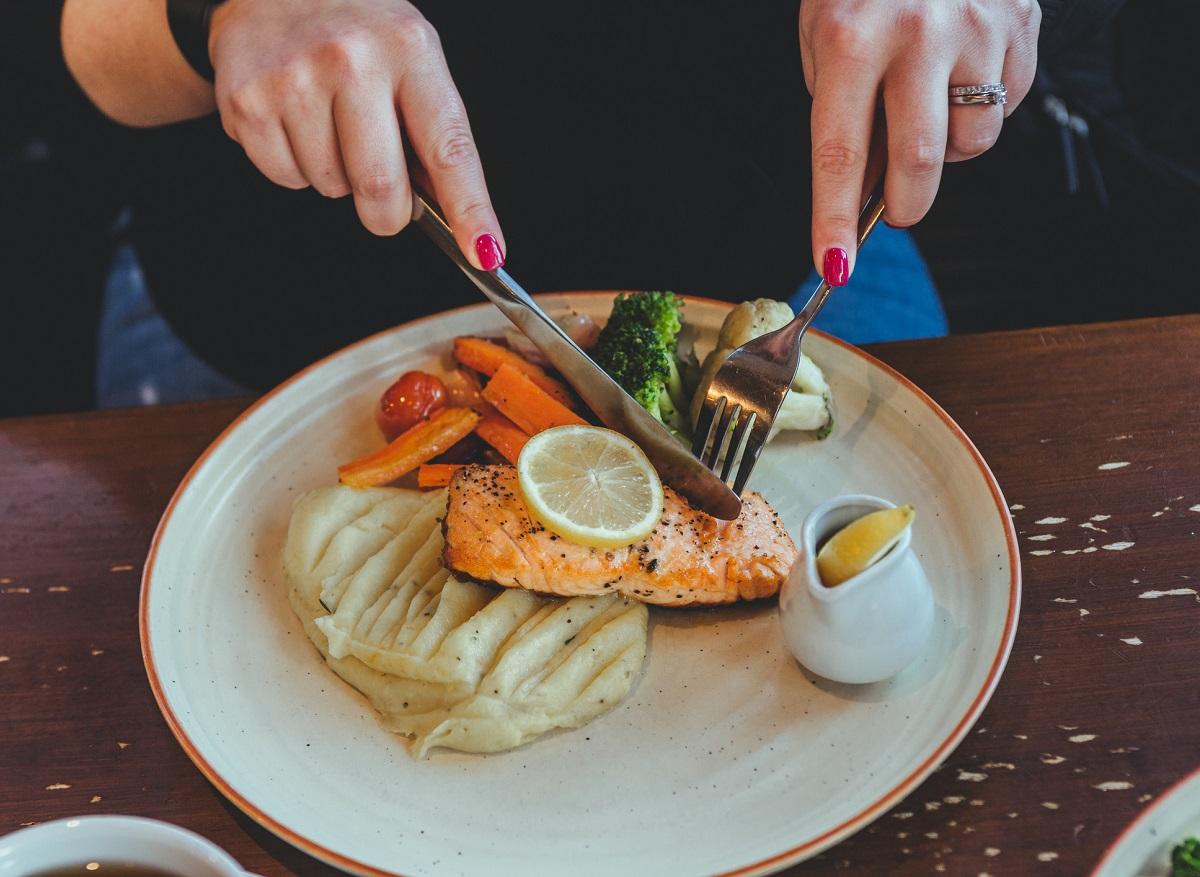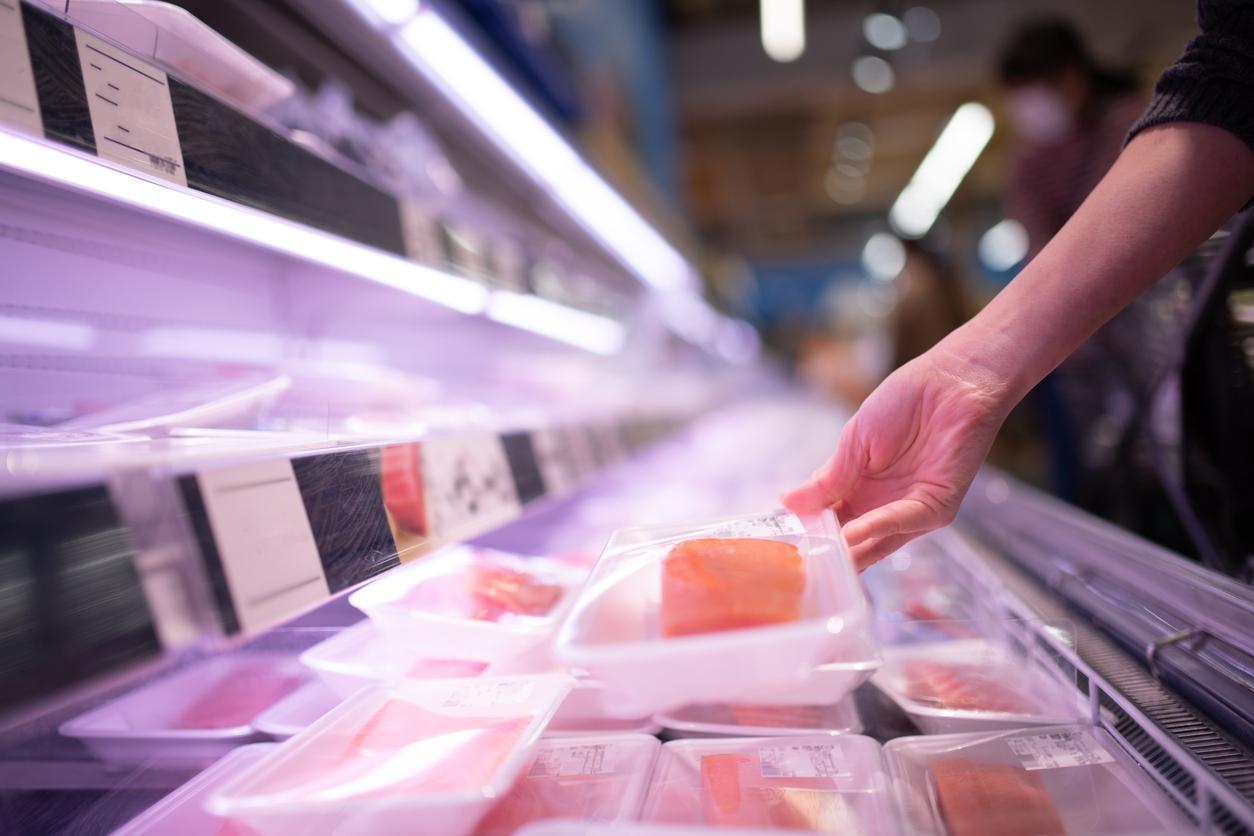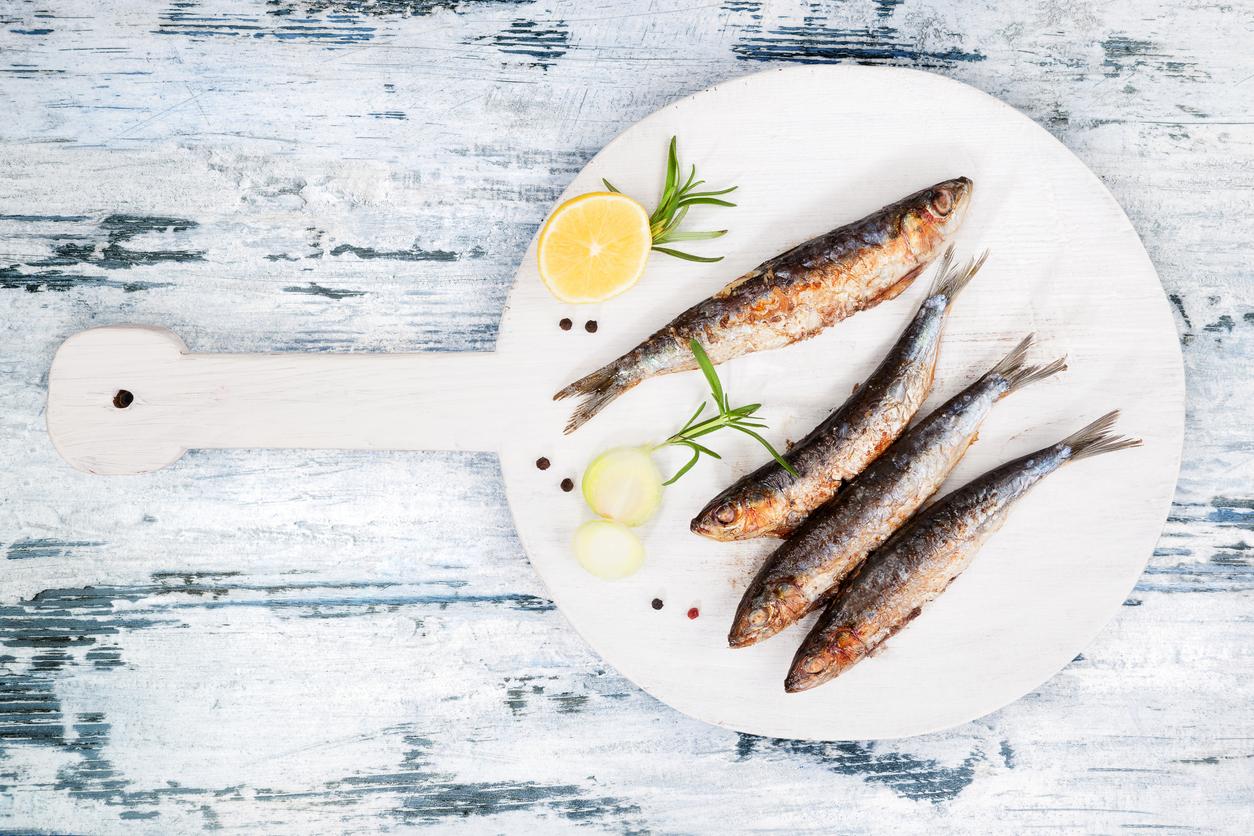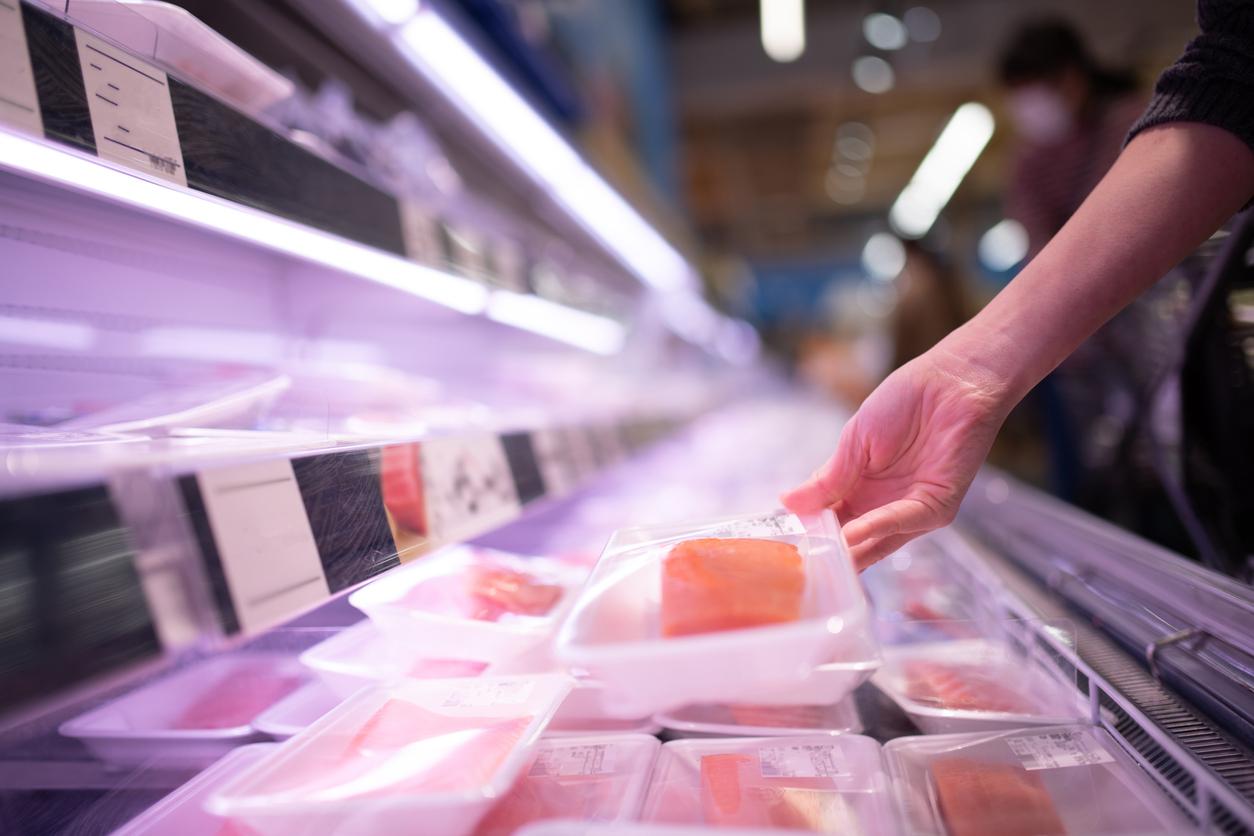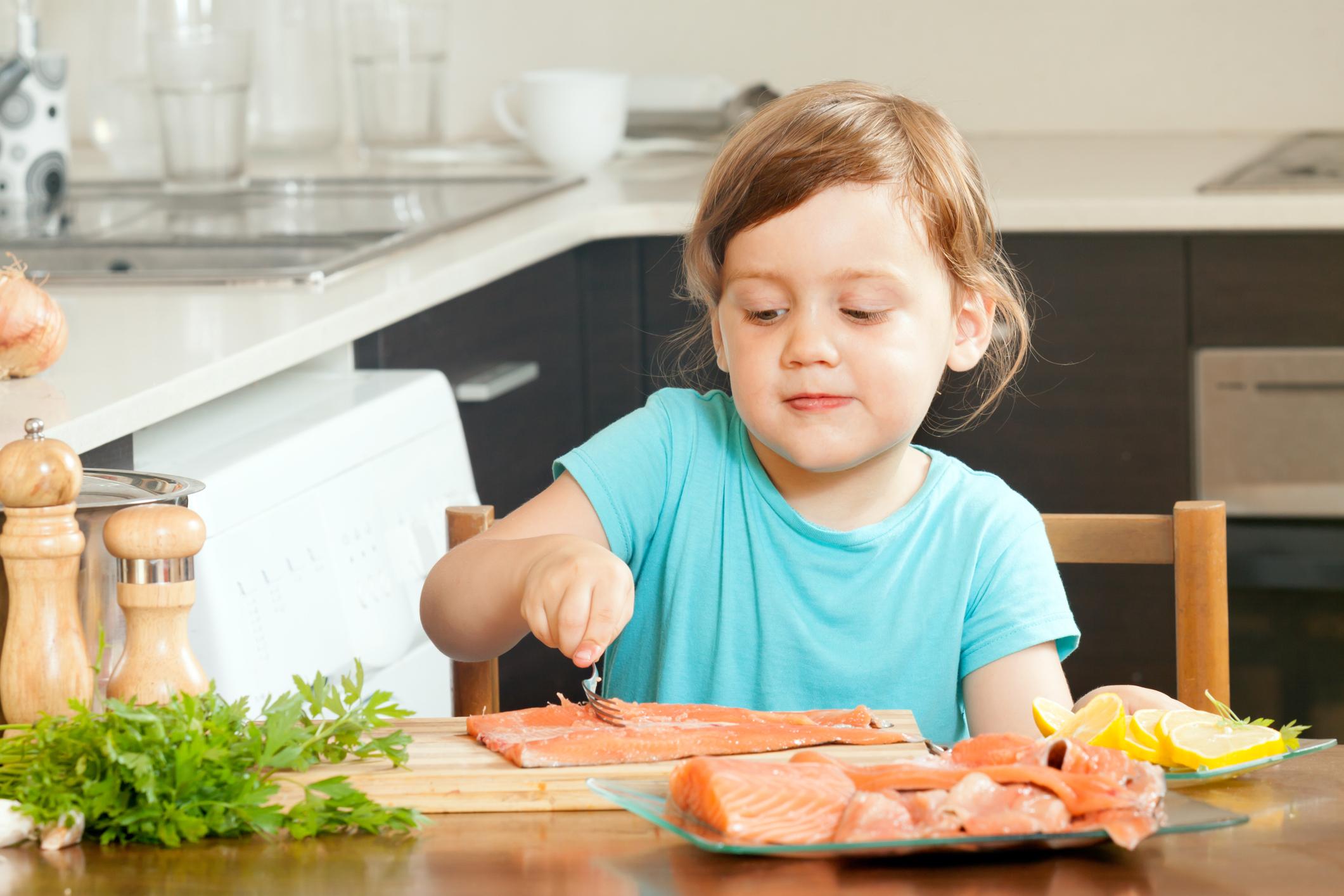October 22, 2009 – New practices, reported by US researchers in an analysis, have been developed to feed farmed fish rich in omega-3s. Can these changes in the diet of fish reduce their omega-3 intake?
Producing 1 kg of farmed salmon can require up to 5 kg of small fish, such as sardines or anchovies, which are processed into fish meal and oil. Vegetable oils, such as canola, flax, soy, olive and palm, are therefore increasingly used to replace fish oils in the feed of aquaculture salmon.
“There is nothing to fear for the nutritional qualities of farmed fish,” reassures Grant Vandenberg, professor in the Faculty of Agriculture and Food Sciences at Laval University. “Several studies have shown that omega-3 levels in farmed salmon and trout fed with vegetable oil feed were similar to those in fish fed only fish oils. “
“In Canada, up to 80% of fish oils are replaced by vegetable oil in the diet of salmonids, without harming their growth or their health”, specifies the researcher, specialist in fish feed. . “In order for the flesh of salmonids to retain the omega-3 levels recommended by food standards, we feed them mixtures of vegetable and fish oils during their growth phase, then we increase the proportion of fish oils a few times. months before harvest, ”he adds.
Sufficient levels for heart health
Michel Lucas, nutritionist and epidemiologist at Laval University, has already compared, with colleagues from Laval University, the lipid content of farmed salmon and trout with wild salmonids.
The study2 showed that the content of linoleic, alpha-linolenic and arachidonic acid was higher in farmed salmon, reflecting their diet rich in vegetable oil. Farmed trout contained slightly less omega-3 and omega-6 than wild trout. Both species nevertheless contained the levels of EPA and DHA fatty acids recommended for cardiovascular health.
“The problem is not the quality of the fish we eat. We simply do not consume enough omega-3 from marine sources, ”says Michel Lucas. “. As for omega-6, clinical studies are not yet conclusive enough to say that consuming a large amount can be harmful. But one to two meals of fatty fish per week is sure to be beneficial for maintaining good cardiovascular health, whether they are fish found at the local grocery store or caught in the Gaspé. “
New methods
The diet of fish could still evolve in the coming years. Several technologies are being tested, including the genetic modification of vegetable oils such as canola or soybeans to produce very long-chain omega-3s, or the extraction of oils rich in omega-3s from micro -organisms and algae. The production of fishmeal from krill or animal husbandry by-products is also being considered.
Emmanuelle Bergeron – PasseportSanté.net
1. Naylor RL, Hardy RW, et al. Feeding aquaculture in an era of finite resources. Proc. Natl. Acad. Sci. USA 2009 Sep 1; 106 (36): 15103-15110.
2. Blanchet C, Lucas M, et al. Fatty acid composition of wild and farmed Atlantic salmon (Salmo salar) and rainbow trout (Oncorhynchus mykiss), Lipids. 2005 May; 40 (5): 529-31.






